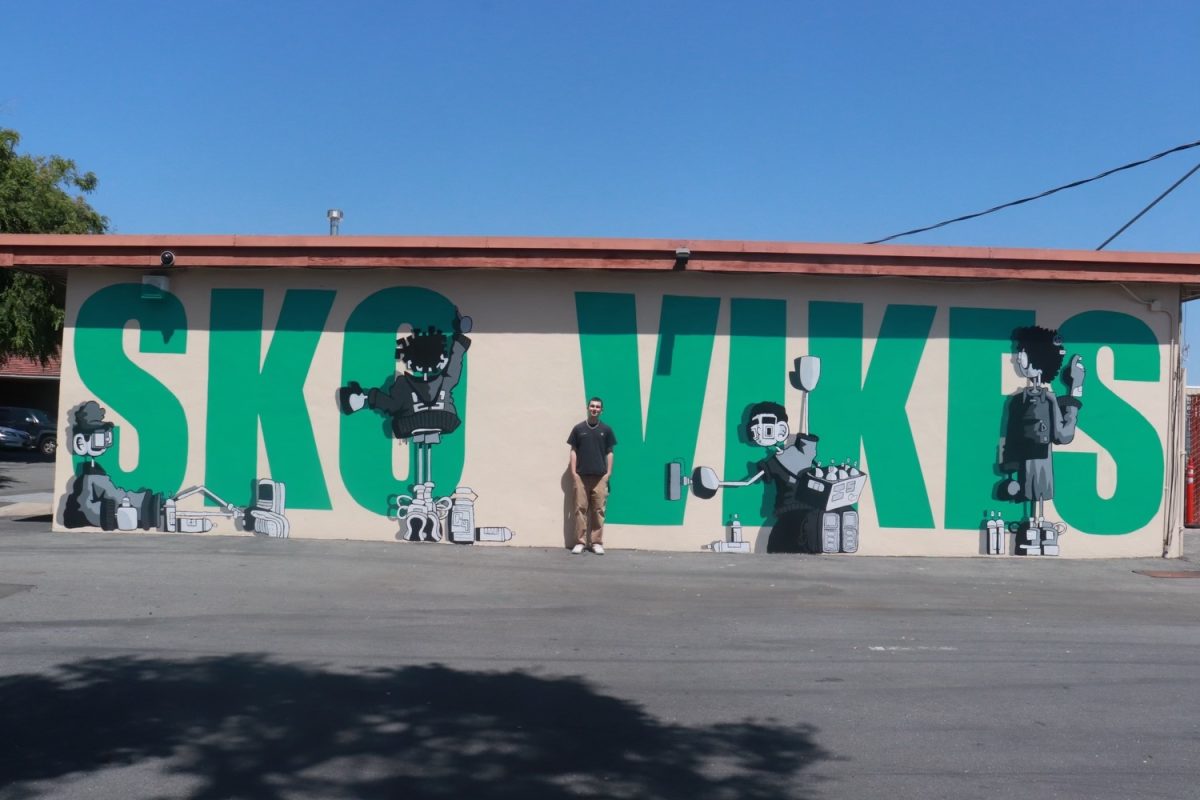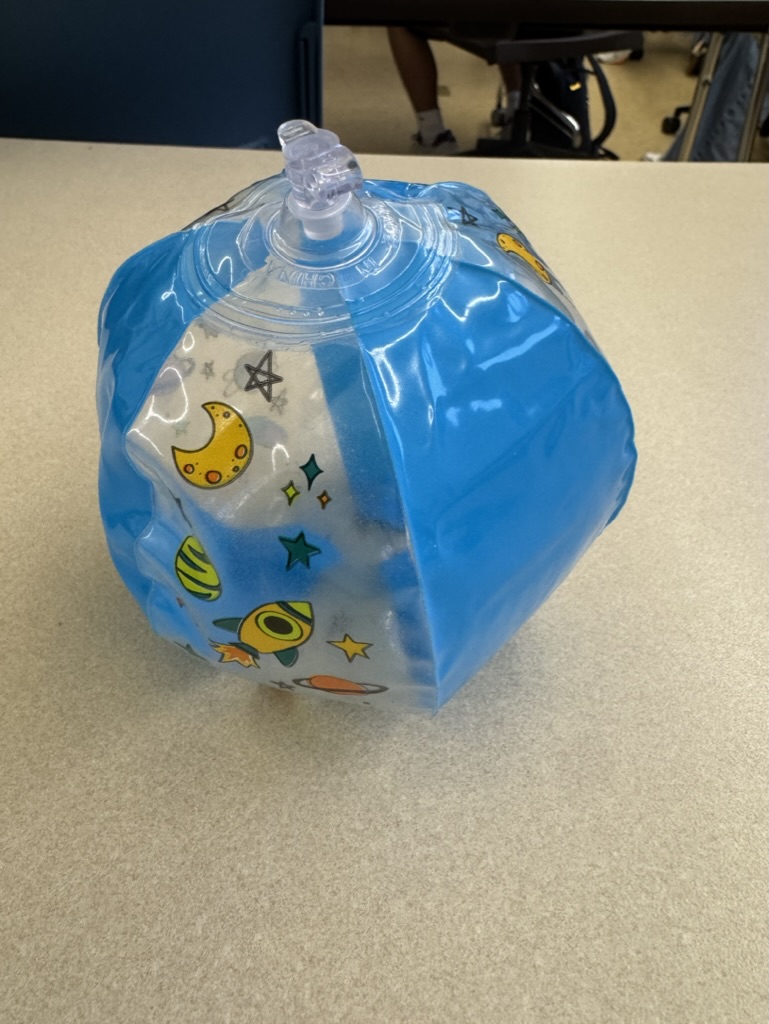Historical flood hits city
February 1, 2023
The second largest flood in Palo Alto’s history impacted hundreds of residents on Dec. 31, leading the city to create new initiatives to combat future flooding.
Near the Pope-Chaucer and Newell bridges spanning Palo Alto and Menlo Park, the San Francisquito Creek overflowed, quickly filling the streets of Crescent Park on the morning of New Year’s Eve.
Michael Anderson, the climatologist at the California Department of Water resources, said a significant weather pattern change in the atmosphere triggered an unexpected wave of storms over the state.
“A jet stream shot across the entire Pacific, bringing a parade of nine storms into California with atmospheric rivers,” Anderson said. “The storm right after Christmas was our biggest one.”
Felicia Marcus, a member of Stanford’s Urban Water Policy Institute, said the recent flood is an indicator of future weather turbulence.
“We’re going to have weather whiplash (with) more frequent, drier and hotter droughts punctuated by big storms like we just saw,” Marcus said.
Reach 2 project to mitigate future flooding but needs cooperation
To prevent another flood of the magnitude of the city’s largest flood in 1998, which led to $40 million in damages to more than 1500 homes, many residents say the “Upstream Project,” also known as Reach 2, must be completed. The project includes remodeling the Pope-Chaucer and Newell bridges as well as widening parts of the San Francisquito creek. These residents say the New Year’s Eve flood this year only goes to show how important completing this project is.
Part of this project has the cities of Palo Alto, East Palo Alto and Menlo Park working with the San Francisquito Creek Joint Powers Association to rebuild the narrow Pope-Chaucer and Newell bridges, which many residents think caused the floods in Palo Alto.
Thomas Rindfleisch, a retired Senior Research Scientist at Stanford and resident of Crescent Park, said remodeling both bridges is necessary because their designs cause water to build up behind them and overflow.
“Pope Chaucer is the ultimate thing that has to be fixed,” Rindfleisch said. “If Reach 2 is completed, then the creek should handle, without any overflow, 7500 cubic feet per second, which is more than the 1998 flood.”
Palo Alto City Councilman Patrick Burt agrees but said the project needs multi-city cooperation for its success.
“We really needed (the cities) to work together,” Burt said. “We have done a series of simulation drills where all the agencies get together.”
Under the direction of the San Francisquito Creek Joint Powers Association, the “Downstream Project,” more commonly known as Reach 1, was completed in 2019, increasing creek capacity from Highway 101 to the Bay by increasing the height of levees and widening the floodplain near the Bay.
Margaret Bruce, executive director of the SFC JPA, said Reach 1 was crucial in limiting the magnitude of the recent flood.
“East Palo Alto downstream of Highway 101 would have flooded (on Dec. 31),” Bruce said. “If (the channel) had been skinny, water would have backed up even more (upstream) and would have spilled over the banks.”
With the recent flooding fresh in people’s minds, the affected cities are aiming to speed up processes. East Palo Alto councilman Ruben Abrica, a SFC JPA board member, said he is committed to preventing any future flooding.
“This year in particular, we’re going to put even more emphasis to try to speed up some of these processes,” Abrica said. “It will be done.”
Residents prepare homes to protect them from flood damage
After the San Francisquito creek overflowed on Dec. 31, city officials said communication and sandbag stations became the priority in order to reduce the impacts of the flooding.
Residents familiar with the 1998 flood began preparing days before Dec. 31. Kirsten Essenmacher, a Palo Alto resident since 1970, said her family immediately began filling sandbags and clearing storm drains after checking the flood monitors of the San Francisquito Creek.
“I was aware that (a flood) could happen again because I knew it already happened once in my lifetime,” Essenmacher said.
However, Essenmacher said it seemed like others around her did not see the real risk of flooding at the time due to the lack of adequate communication from the city.
“Most people didn’t have sandbags, which surprised me because some of these people had lived here for years,” Essenmacher said.
Burt said the city hopes to improve sandbag stations to increase efficiency and safety before and during floods.
“We had times where we ran out of sand or bags at the sandbagging stations, and our staff is now much more prepared for something like that,” Burt said.
However, Bruce said that some elderly residents still need assistance from able-bodied people, specifically students, to lay sandbags around their homes.
“Being able to support your neighbors who may not have the physical ability to lift a 50-pound sandbag is huge,” Bruce said.
Experts advise structural changes to mitigate damage of future events
While floods can be dangerous, one positive outcome during heavy storm periods is that the water supply can increase through the collection of stormwater runoff.
Rebecca Eisenberg, Palo Alto’s representative on the Santa Clara Valley Board, said the replacement of surfaces that prevent groundwater capture is the ultimate solution to increasing water supply as it allows rainwater to seep into the ground.
“The way to capture stormwater is to tear up the concrete on the ground and replace it with porous surfaces,” Eisenberg said.
Marcus agreed and said allowing water to run over a large basin allows for a flood’s force to also be weakened as well.
“Instead of having levees and channeling water to the ocean, taking people out of harm’s way in those areas that the water would normally flow dissipates the force of the water,” Marcus said. “Sacramento would have flooded if it weren’t for (previously-implemented flood prevention) projects in this last rain.”
Bruce said being mindful of the large risk of future flooding at the magnitude witnessed this past month is essential to getting these projects completed.
“We think of this as an extreme event, but it may be followed by other extreme events in close succession,” Bruce said. “What we’re really trying to do is reduce the risk. We can’t eliminate it.”










